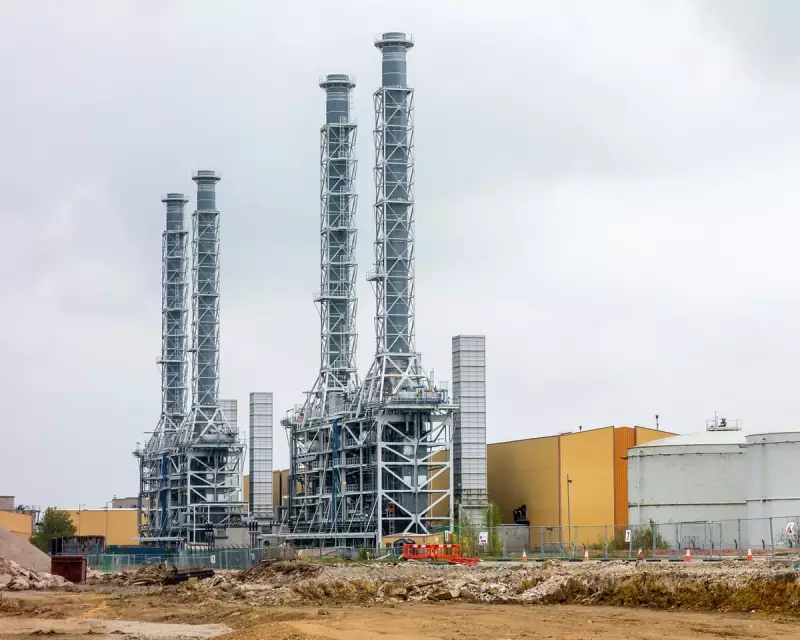
Britain has taken a significant leap forward in its clean energy transition with the successful completion of the country's first-ever hydrogen blending trial in the live gas grid. This landmark achievement could pave the way for millions of UK households to eventually use low-carbon hydrogen for heating and cooking.
A Historic Energy Breakthrough
In a collaborative effort spanning several months, leading energy companies including National Gas and Northern Gas Networks have demonstrated that hydrogen can be safely blended with natural gas and distributed through existing infrastructure. The trial represents the most advanced test of hydrogen blending in active UK gas networks to date.
How the Hydrogen Blending Works
The pioneering project involved carefully mixing hydrogen with conventional natural gas at concentrations that maintain safety and performance standards. Key aspects of the trial included:
- Infrastructure testing - Proving existing pipes and systems can handle hydrogen blends
- Safety validation - Ensuring the blended gas meets all safety requirements
- Performance monitoring - Verifying appliances function effectively with the new fuel mix
- Supply consistency - Maintaining reliable energy delivery throughout the trial
The Path to Decarbonising Home Heating
This successful demonstration marks a crucial milestone in Britain's journey toward net zero emissions. Heating accounts for nearly a third of the UK's carbon footprint, making the decarbonisation of home heating one of the nation's most significant environmental challenges.
"This isn't just a technical achievement—it's a vital step toward cleaner air and meeting our climate commitments," explained one energy expert involved in the project.
What This Means for British Households
While widespread adoption remains some years away, the trial's success suggests that many homes could eventually transition to hydrogen-blended gas with minimal disruption. The approach offers a potentially cost-effective pathway to reducing carbon emissions without requiring complete replacement of existing gas infrastructure or household appliances.
The energy sector now awaits government decisions on future blending policy, which could determine how quickly this clean energy solution becomes available to communities across the United Kingdom.





